
Exporters, Protect Your Samples in Transit: Best Practices for Safe Global Shipping
When engaging in global trade, sending product samples is often a critical step in building trust and securing new business. However, many exporters overlook the importance of secure packaging and proper documentation, which can lead to damage, delays, or even customs issues.
Here's a practical guide to help exporters ensure their samples reach international buyers safely, securely, and professionally.
1. Use the Right Packaging Materials
Proper packaging is the first and most important layer of protection. Exporters should always:
- Use sturdy outer boxes, preferably corrugated or double-walled
- Wrap items individually using bubble wrap, foam inserts, or air pillows
- Fill empty spaces with packing peanuts or crumpled paper to prevent shifting
- Seal boxes with strong adhesive tape, preferably with reinforced seams
Samples are often handled multiple times duringinternational transit, and robust packaging greatly reduces the risk of damage.
2. Label Packages Clearly and Accurately
To facilitate smooth delivery and customs processing:
- Print recipient and sender addresses clearly
- Include contact details like phone numbers and email addresses
- Add handling instructions (“Fragile”, “Keep Upright”, “Handle With Care”)
- Clearly mark the package as “Sample - No Commercial Value” if applicable
This minimizes confusion during sorting and improves the chances of timely delivery.
3. Prepare Complete and Correct Documentation
Customs procedures vary by country, but common documents for sample exports include:
- Proforma invoice stating the shipment is a non-commercial sample
- HS code and a clear product description
- Certificate of origin, if requested by the importer
- Material Safety Data Sheet (MSDS) for chemical or hazardous goods
Incomplete or incorrect paperwork is one of the most common reasons for customs delays and rejections.
4. Choose the Right Mode of Transit
Depending on urgency and the nature of the product:
- Air freight or international courier services are ideal for time-sensitive or lightweight samples
- Sea freight may be more economical for bulkier, less urgent shipments
- Exporters should assess the trade-off between speed, cost, and reliability when selecting a transit method.
5. Track and Insure Valuable Shipments
Even when shipping non-commercial samples, exporters often face losses if parcels are delayed or damaged. Consider:
- Using tracked shipping methods to monitor progress and delivery status
- Opting for transit insurance, especially for high-value or irreplaceable samples
- Insurance offers peace of mind and financial protection, particularly when samples are critical to business deals
6. Be Aware of Destination Country Regulations
Each destination has its own import restrictions, labeling rules, and documentation requirements. For example:
- Certain countries require pre-approval or registration for pharmaceutical or food samples
- Samples containing chemicals or biological substances may need additional permits or safety labels
- Check with trade or customs authorities beforehand to avoid compliance issues.

 Courier Service for UK
Courier Service for UK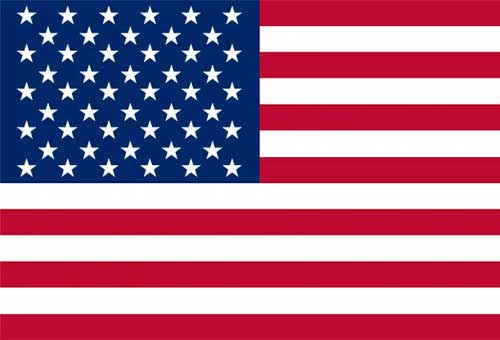 Courier Service for USA
Courier Service for USA Courier Service for UAE
Courier Service for UAE Courier Service for Canada
Courier Service for Canada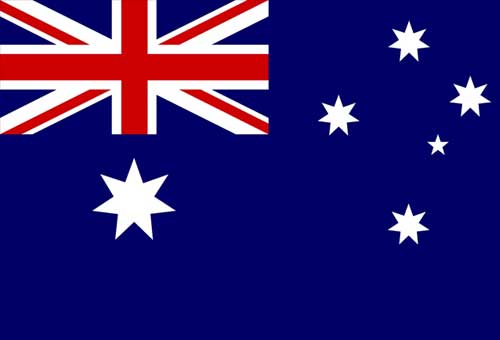 Courier Service for Australia
Courier Service for Australia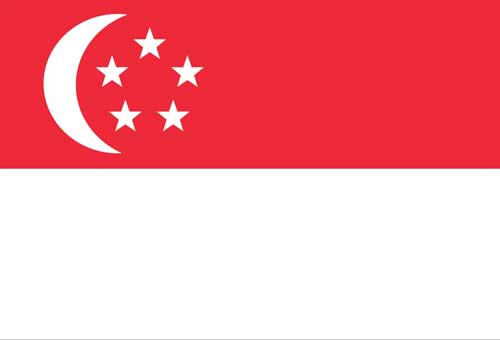 Courier Service for Singapore
Courier Service for Singapore Courier Service for Germany
Courier Service for Germany Courier Service for France
Courier Service for France Courier Service for Saudi Arabia
Courier Service for Saudi Arabia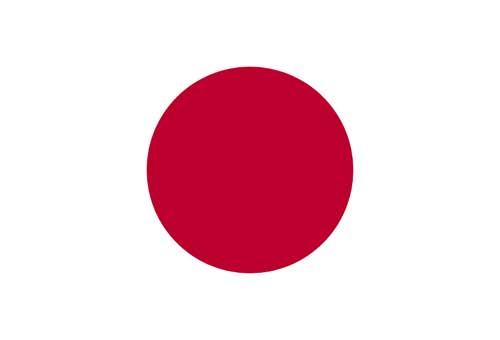 Courier Service for Japan
Courier Service for Japan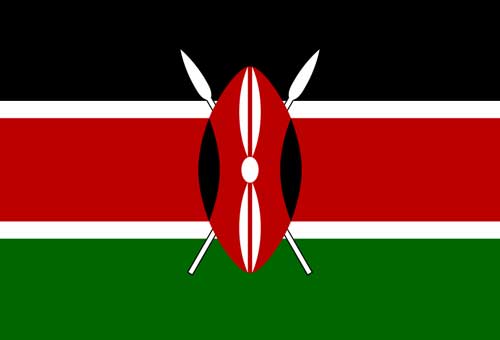 Courier Service for Kenya
Courier Service for Kenya Courier Service for Brazil
Courier Service for Brazil

